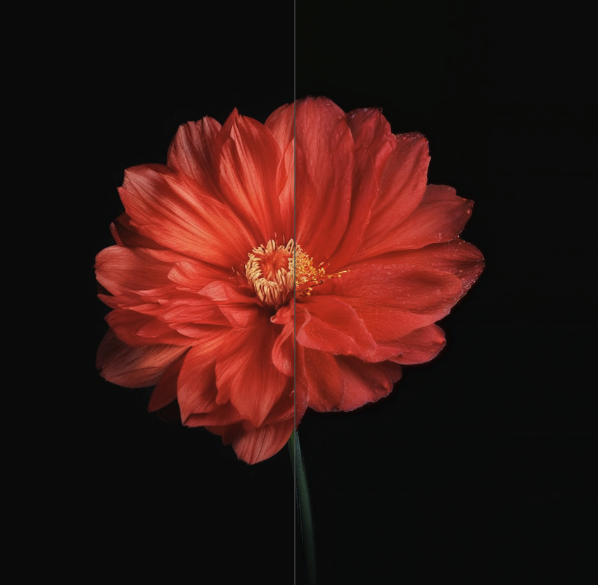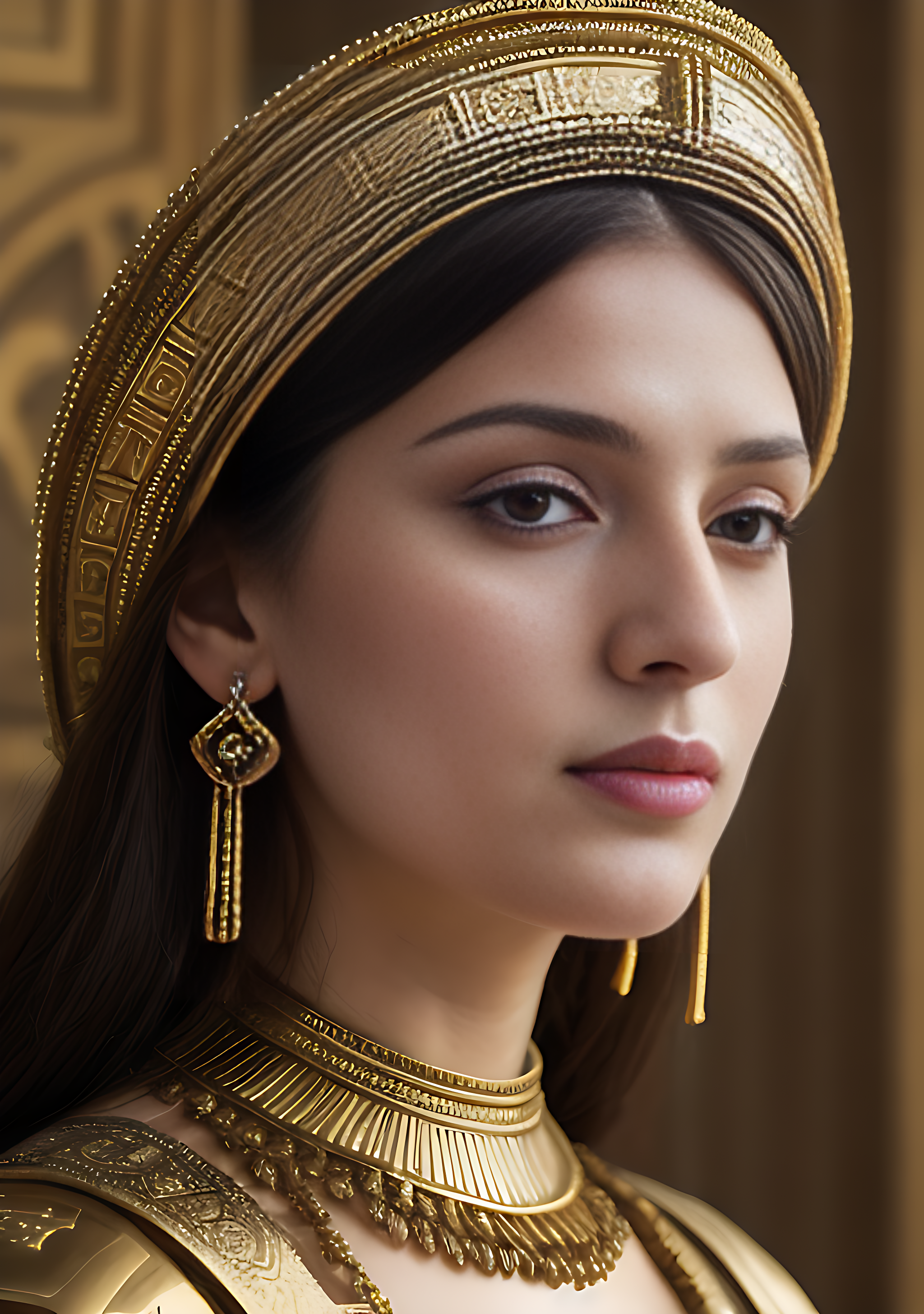modelscope-facefusion
Maintainer: lucataco

7

| Property | Value |
|---|---|
| Run this model | Run on Replicate |
| API spec | View on Replicate |
| Github link | View on Github |
| Paper link | View on Arxiv |
Create account to get full access
Model overview
modelscope-facefusion is a Cog model that allows you to automatically fuse a user's face onto a template image, resulting in an image with the user's face and the template body. This model is developed by lucataco, who has created other interesting AI models like demofusion-enhance, ip_adapter-face-inpaint, and codeformer.
Model inputs and outputs
This model takes two inputs: a template image and a user image. The template image is the body image that the user's face will be fused onto. The user image is the face image that will be used for the fusion.
Inputs
- user_image: The input face image
- template_image: The input body image
Outputs
- Output: The resulting image with the user's face fused onto the template body
Capabilities
modelscope-facefusion can automatically blend a user's face onto a template image, creating a seamless fusion that looks natural and realistic. This can be useful for a variety of applications, such as creating personalized avatars, generating product images with human models, or even for fun, creative projects.
What can I use it for?
This model could be used for a range of applications, such as creating personalized product images, generating virtual avatars, or even for fun, creative projects. For example, a e-commerce company could use modelscope-facefusion to generate product images with the customer's face, allowing them to visualize how a product would look on them. Or a social media platform could offer a feature that allows users to fuse their face onto various templates, creating unique and engaging content.
Things to try
One interesting thing to try with modelscope-facefusion would be to experiment with different template images and see how the fusion results vary. You could try using a variety of body types, poses, and backgrounds to see how the model handles different scenarios. Additionally, you could try combining modelscope-facefusion with other models, like stable-diffusion, to create even more unique and creative content.
This summary was produced with help from an AI and may contain inaccuracies - check out the links to read the original source documents!
Related Models

demofusion-enhance

9
The demofusion-enhance model is an image-to-image enhancer that uses the DemoFusion architecture. It can be used to upscale and improve the quality of input images. The model was created by lucataco, who has also developed similar models like demofusion, pasd-magnify, illusion-diffusion-hq, and sdxl-img-blend. Model inputs and outputs The demofusion-enhance model takes an input image and various parameters, and outputs an enhanced version of the image. The inputs include the input image, a prompt, a negative prompt, guidance scale, and several other hyperparameters that control the enhancement process. Inputs image**: The input image to be enhanced prompt**: The text prompt to guide the enhancement process negative_prompt**: The negative prompt to exclude certain undesirable elements guidance_scale**: The scale for classifier-free guidance num_inference_steps**: The number of denoising steps to perform stride**: The stride of moving local patches sigma**: The standard deviation of the Gaussian filter cosine_scale_1, **cosine_scale_2, cosine_scale_3: Controls the strength of various enhancement techniques multi_decoder**: Whether to use multiple decoders view_batch_size**: The batch size for multiple denoising paths seed**: The random seed to use (leave blank to randomize) Outputs Output**: The enhanced version of the input image Capabilities The demofusion-enhance model can be used to improve the quality and resolution of input images. It can remove artifacts, sharpen details, and enhance the overall aesthetic of the image. The model is capable of handling a variety of input image types and can produce high-quality output images. What can I use it for? The demofusion-enhance model can be useful for a variety of applications, such as: Enhancing low-resolution or poor-quality images for use in design, photography, or other creative projects Improving the visual quality of images for use in web or mobile applications Upscaling and enhancing images for use in marketing or advertising materials Preparing images for printing or other high-quality output Things to try With the demofusion-enhance model, you can experiment with different input parameters to see how they affect the output. Try adjusting the guidance scale, the number of inference steps, or the various cosine scale parameters to see how they impact the level of enhancement. You can also try using different input images and prompts to see how the model handles different types of content.
Updated Invalid Date

ip_adapter-face-inpaint

2
ip_adapter-face-inpaint is a combination of the IP-Adapter model and the MediaPipe face model to enable inpainting of face images. It is developed and maintained by lucataco. This model is similar to other models like ip-adapter-faceid, ip_adapter-sdxl-face, sdxl-inpainting, controlnet-x-ip-adapter-realistic-vision-v5, and controlnet-x-majic-mix-realistic-x-ip-adapter, all of which focus on face-based inpainting and image generation. Model inputs and outputs The ip_adapter-face-inpaint model takes several inputs to generate inpainted face images, including a face image, a source image, and various settings like blur amount, strength, and number of outputs. The model outputs one or more inpainted face images. Inputs Face Image**: The input face image to be inpainted. Source Image**: The source image containing the body or background to be used for inpainting. Blur Amount**: The amount of blur to apply to the mask used for inpainting. Strength**: The strength of the inpainting process. Seed**: A random seed to control the output. Num Outputs**: The number of inpainted images to output. Outputs Inpainted Face Images**: The model outputs one or more inpainted face images, based on the provided inputs. Capabilities The ip_adapter-face-inpaint model can be used to inpaint or replace parts of a face image with content from a separate source image. This can be useful for tasks like face editing, image restoration, or creative image generation. What can I use it for? The ip_adapter-face-inpaint model can be used for a variety of applications, such as: Facial image editing and manipulation Removing unwanted elements from face images Generating new face images by combining elements from different sources Restoring or inpainting damaged face images Things to try Some interesting things to try with the ip_adapter-face-inpaint model include: Experimenting with different source images to see how the model blends them with the face Trying different blur and strength settings to find the optimal balance for your use case Generating multiple outputs to see the variations the model produces Combining this model with other face-related models for more advanced image editing and generation tasks.
Updated Invalid Date

gfpgan

186
The gfpgan model is a practical face restoration algorithm developed by tencentarc for improving the quality of old photos or AI-generated faces. It aims to address common issues in real-world face restoration, such as blurriness, artifacts, and identity distortion. The gfpgan model can be compared to similar face restoration models like codeformer and upscaler, which also target improvements in old photo or AI-generated face restoration. Model inputs and outputs The gfpgan model takes an image as input and outputs a restored, higher-quality version of that image. The model supports various input image formats and can handle a range of face issues, including blurriness, artifacts, and identity distortion. Inputs img**: The input image to be restored Outputs Output**: The restored, higher-quality version of the input image Capabilities The gfpgan model is capable of effectively restoring the quality of old photos or AI-generated faces. It can address common issues such as blurriness, artifacts, and identity distortion, resulting in visually appealing and more accurate face restoration. What can I use it for? The gfpgan model can be useful for a variety of applications that involve face restoration, such as photo editing, enhancing AI-generated images, and improving the visual quality of historical or low-quality images. The model's capabilities can be leveraged by individuals or companies working on projects that require high-quality face restoration. Things to try One interesting thing to try with the gfpgan model is to experiment with different input images, ranging from old photographs to AI-generated faces, and observe the model's ability to restore the quality and clarity of the faces. You can also try adjusting the model's hyperparameters, such as the scaling factor, to see how it affects the output quality.
Updated Invalid Date

realistic-vision-v4.0

61
The realistic-vision-v4.0 model, developed by lucataco, is a powerful AI model designed for generating high-quality, realistic images. This model builds upon previous versions of the Realistic Vision series, such as realistic-vision-v5, realistic-vision-v5-img2img, and realistic-vision-v5.1, each offering unique capabilities and advancements. Model inputs and outputs The realistic-vision-v4.0 model accepts a range of inputs, including prompts, seed values, step counts, image dimensions, and guidance scale. These inputs allow users to fine-tune the generation process and achieve their desired image characteristics. The model generates a single image as output, which can be accessed as a URI. Inputs Prompt**: A text description of the desired image, such as "RAW photo, a portrait photo of a latina woman in casual clothes, natural skin, 8k uhd, high quality, film grain, Fujifilm XT3" Seed**: An integer value used to initialize the random number generator, allowing for reproducible results Steps**: The number of inference steps to perform, with a maximum of 100 Width**: The desired width of the output image, up to 1920 pixels Height**: The desired height of the output image, up to 1920 pixels Guidance**: The scale factor for the guidance system, which influences the balance between the input prompt and the model's own understanding Outputs Image**: The generated image, returned as a URI Capabilities The realistic-vision-v4.0 model excels at generating high-quality, photorealistic images based on textual prompts. It can capture a wide range of subjects, from portraits to landscapes, with a remarkable level of detail and realism. The model's ability to incorporate specific attributes, such as "film grain" and "Fujifilm XT3", demonstrates its versatility in recreating various photographic styles and aesthetics. What can I use it for? The realistic-vision-v4.0 model can be a valuable tool for a variety of applications, from art and design to content creation and marketing. Its ability to generate realistic images from text prompts can be leveraged in fields like photography, digital art, and product visualization. Additionally, the model's versatility allows for the creation of customized stock images, illustrations, and visual assets for various commercial and personal projects. Things to try Experiment with different prompts to see the range of images the realistic-vision-v4.0 model can generate. Try incorporating specific details, styles, or photographic techniques to explore the model's capabilities in depth. Additionally, consider combining this model with other AI-powered tools, such as those for image editing or animation, to unlock even more creative possibilities.
Updated Invalid Date